Infrastructure Development Projects
Infrastructure development projects are gaining momentum, which seems to be positively influencing the Industry Check Valves Market. Governments and private entities are investing heavily in upgrading and expanding infrastructure, including water supply systems, wastewater treatment plants, and industrial facilities. This trend is reflected in the projected increase in demand for check valves, as they play a critical role in controlling fluid flow and preventing backflow in these systems. Recent estimates suggest that infrastructure investments could reach trillions of dollars over the next decade, thereby creating a robust market for check valves. The need for durable and efficient check valves in these projects is likely to drive innovation and competition among manufacturers.
Rising Demand in Oil and Gas Sector
The oil and gas sector is experiencing a notable resurgence, which appears to be driving the Industry Check Valves Market. As exploration and production activities ramp up, the need for reliable check valves becomes paramount to ensure safety and efficiency in operations. According to recent data, the oil and gas industry accounts for a substantial share of the check valves market, with projections indicating a growth rate of approximately 5% annually. This demand is further fueled by the increasing complexity of extraction processes, necessitating advanced check valve solutions to prevent backflow and maintain system integrity. Consequently, manufacturers are likely to innovate and enhance their product offerings to cater to this burgeoning sector.
Technological Innovations in Valve Design
Technological innovations in valve design are reshaping the Industry Check Valves Market. Advances in materials science and engineering are leading to the development of more efficient and durable check valves. Innovations such as smart valves equipped with sensors and automation capabilities are becoming increasingly prevalent, allowing for real-time monitoring and control of fluid flow. This trend is particularly relevant in sectors like water management and industrial processes, where efficiency and reliability are critical. Market data indicates that the adoption of smart check valves could enhance operational efficiency by up to 30%, thereby driving demand. As industries seek to optimize their operations, the emphasis on technologically advanced check valves is likely to grow.
Regulatory Compliance and Safety Standards
The increasing emphasis on regulatory compliance and safety standards is a significant driver for the Industry Check Valves Market. Industries such as water treatment, oil and gas, and chemical processing are subject to stringent regulations aimed at ensuring safety and environmental protection. Compliance with these regulations often necessitates the installation of high-quality check valves to prevent leaks and ensure proper flow management. As regulatory bodies continue to tighten standards, the demand for reliable check valves is expected to rise. This trend is likely to compel manufacturers to enhance their product quality and invest in research and development to meet evolving safety requirements, thereby fostering growth in the check valves market.
Growing Focus on Water Management Solutions
The growing focus on water management solutions is emerging as a key driver for the Industry Check Valves Market. With increasing concerns over water scarcity and the need for sustainable water usage, industries are investing in advanced water management systems. Check valves are essential components in these systems, ensuring proper flow control and preventing backflow in water distribution networks. Recent studies suggest that The Industry Check Valves Market is expected to witness a compound annual growth rate of around 6% over the next few years, which could significantly boost the demand for check valves. As municipalities and industries prioritize efficient water management, the check valves market is likely to experience substantial growth.


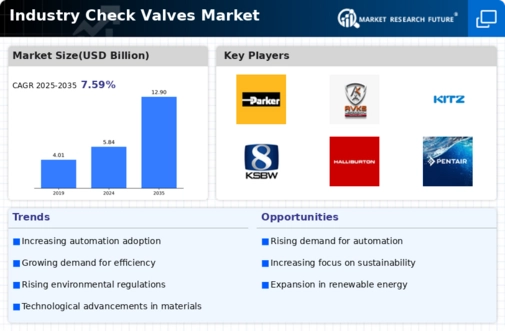
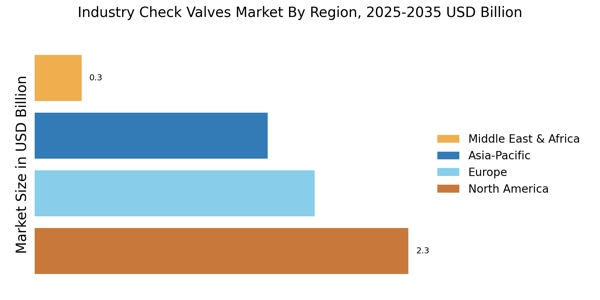
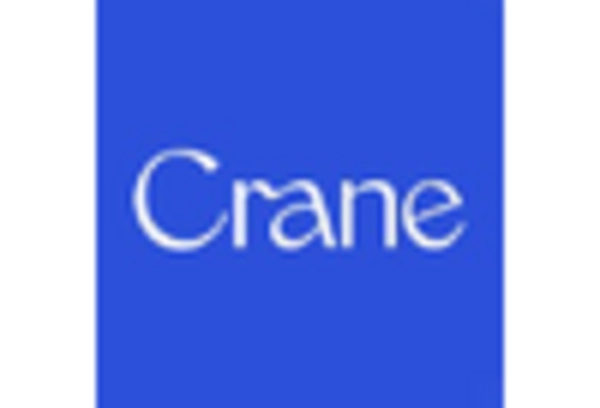

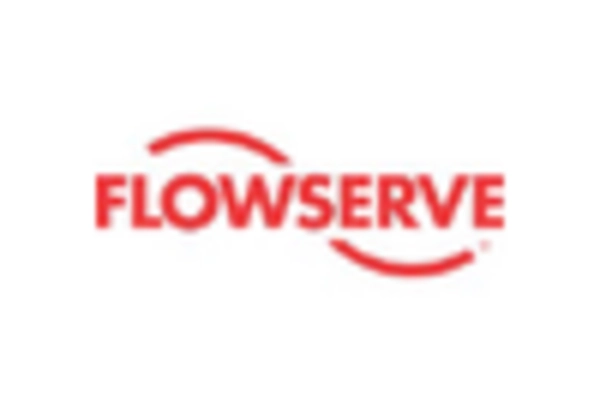
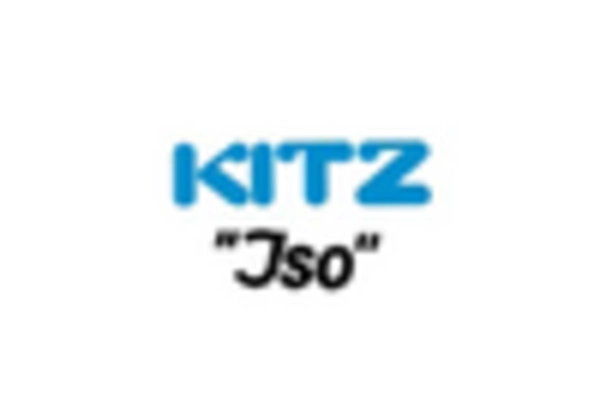

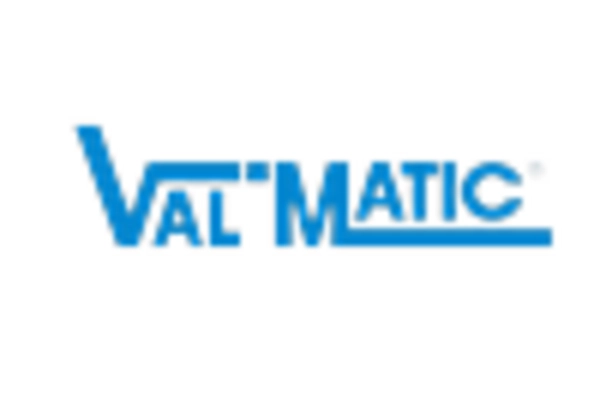








Leave a Comment